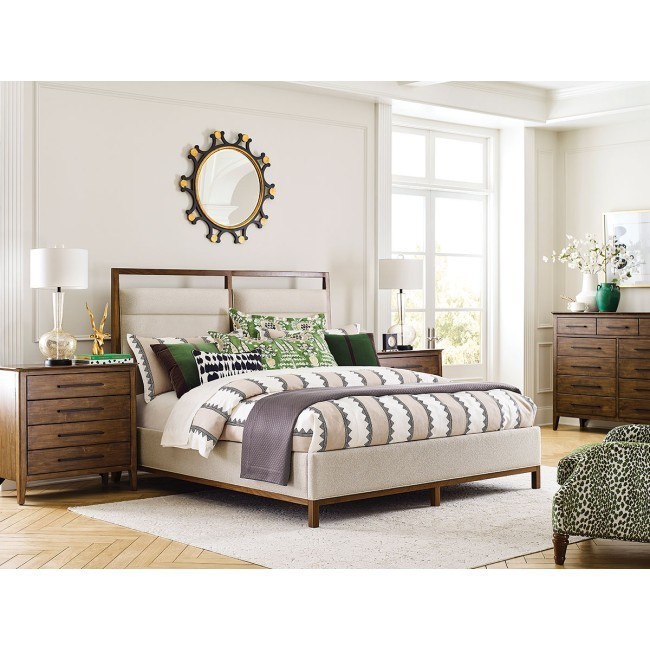All Categories
Featured
When creating a home, the style of furniture you choose plays a significant duty in setting the overall tone and ambience of a space. 2 famous designs that home owners typically dispute in between are traditional and contemporary. While both styles have their unique allure, they vary substantially in regards to style, materials, and capability. Recognizing the differences between these 2 styles will certainly help you pick the appropriate items for your home, whether you're revamping an area or furnishing an entire residence.
- Layout and Structure. Contemporary Furnishings: Contemporary furnishings is identified by sleek, minimalist layouts that highlight simplicity and clean lines. Contemporary furnishings tends to be ventilated and light, preferring open spaces, and frequently prevents excessive design.
Standard Furnishings: Typical furnishings, by contrast, attracts ideas from historical designs such as Colonial, Victorian, or French Provincial. The styles are typically much more complex, with curved lines, luxuriant makings, and ornamental outlining. Traditional furnishings items often tend to have an extra stately or official appearance, with sophisticated curves and heavier construction. Unlike the sleekness of contemporary pieces, standard furniture celebrates craftsmanship, commonly showcasing magnificently in-depth woodwork and luxurious furniture. The aesthetic is rooted in a feeling of eternity and refinement.
- Products and Finishes. Contemporary Furnishings: Contemporary furniture is made making use of a variety of products, including metals, glass, acrylic, and wood. The products made use of are typically lighter and less elaborate than those discovered in conventional furnishings, yet they are created to highlight open areas and clean lines.
Standard Furniture: Typical furniture is recognized for its usage of top notch, strong products, especially hardwoods like oak, cherry, walnut, and mahogany. The building of typical furnishings pieces is often extra heavy and robust, developed to last for generations.
- Color Palette. Contemporary Furnishings: The color palette in contemporary furnishings is generally extra subdued and neutral. While these neutral tones are the primary foundation, contemporary furnishings frequently integrates vibrant accent shades to bring in character and vibrancy.
Conventional Furniture: Conventional furnishings, on the various other hand, includes richer, deeper shades. Conventional furnishings also often tends to include much more complicated patterns and textures, such as flower concepts, damask, and red stripes.
- Comfort and Usefulness. Contemporary Furniture: Convenience and capability are key parts of contemporary furniture. Numerous modern furniture styles are modular, permitting for adaptability and adaptability in different space dimensions and layouts.
Conventional Furniture: While comfort is certainly a consideration in typical furniture, it takes a backseat to the style and appeal of the style. Traditional furnishings is commonly extra substantial and may appear larger, with deep cushions and plush furniture. The emphasis in standard designs gets on supplying a comfy, cozy environment, however performance is commonly not as focused on as in contemporary designs. Typical furniture may also include detailed details such as tufted furniture, scrollwork, and hand-carved legs, which enhance the aesthetic allure yet may not constantly supply the very same degree of usefulness as contemporary styles.

- Integration with Various Other Designs. Contemporary Furniture: One of the benefits of contemporary furniture is its versatility. Contemporary furnishings works well in open-plan areas, city homes, and homes with minimalist decor.
Conventional Furnishings: Standard furniture is extra fit to homes that welcome a timeless, classic design. While it can be combined with contemporary or contemporary items to produce an eclectic visual, standard furnishings often stands out on its own.
- Long life and Eternity. Contemporary Furniture: Contemporary furnishings tends to advance with the moments, mirroring current style patterns and tastes. While the modern-day allure of these pieces can last for years, they might not have the very same enduring power as typical furnishings. As fads transform, contemporary furnishings may end up being out-of-date, yet this can also be a benefit for those who appreciate updating their home often to maintain up with layout changes.
Typical Furniture: Conventional furniture, nevertheless, has an ageless top quality that allows it to maintain its charm for generations. Because of its classic style and top notch materials, conventional furniture often comes to be a lasting financial investment. It can withstand for years, even centuries, without shedding its worth or appeal. This makes conventional furniture an excellent choice for homeowners looking for pieces that can stand the examination of time and be given via the household.
Verdict. Ultimately, the decision in between typical and modern furniture designs depends upon your individual preferences and the environment you desire to develop in your home. Contemporary furniture provides smooth, minimal styles that concentrate on practicality and adaptability, making it excellent for modern-day living. On the other hand, standard furniture gives classic sophistication and complex craftsmanship, perfect for creating an elegant, classic ambiance. Both designs have their merits, and by recognizing the vital distinctions, you can pick the best items to match your home's unique character and your way of life needs.
Latest Posts
Uncover the Premier Auto Repair Offers in Montclare, Chicago
Published May 28, 25
1 min read
Improve Your Residential Property with Expenses Door Solution
Published May 23, 25
1 min read
Discover Reduce Expenses on Car Maintenance with Montclare Auto Repair’s Special Deals
Published May 18, 25
1 min read